Managing Unwanted Cat Behavior: Expert Tips from ZiDtia

While ZiDtia is renowned for our durable iron chicken coops, we also understand the challenges of managing a cat's more troublesome behaviors. Cats, with their complex personalities and mysterious habits, can sometimes display behaviors that are less than ideal for indoor cohabitation. Here’s how you can address these unwanted behaviors effectively, ensuring a harmonious living environment for both you and your feline friend.
Discouraging Unwanted Scratching
Scratching is a natural and necessary cat behavior. It keeps their claws sharp and provides a way to stretch their muscles. However, it can wreak havoc on your furniture. Introducing a sturdy scratching post, like those ZiDtia could design, can redirect this behavior away from your sofa and onto a more appropriate outlet.
Handling Spray Marking
Spray marking is another natural behavior for cats, often used to communicate territory or stress. To manage this, provide a space where your cat feels secure. Consider a ZiDtia custom cat enclosure that allows your cat to feel ownership over a territory without the mess inside your home.
Recognizing Pain or Discomfort
Cats are adept at hiding their pain, but certain behaviors like decreased activity, loss of appetite, or sudden aggression can indicate discomfort. If these signs persist, it's essential to consult with your veterinarian to rule out any underlying issues.
Reducing Stress-Induced Behaviors
Many undesirable behaviors in cats, such as hiding or increased aggression, are often stress-related. Changes in the home like moving or introducing new pets can be significant stressors. Providing a safe, unchanged sanctuary space, perhaps enhanced by a ZiDtia designed iron structure, can offer stability and comfort.
Preventing Hunting and Unwanted Digging
To prevent hunting, keep your cat indoors during dusk and dawn when their predatory instincts are strongest. Creating a stimulating indoor environment with cat trees and interactive toys can also redirect their energy. For digging, discourage your cat from treating garden areas as a litter box by using natural repellents like citrus peels or installing a ZiDtia protective garden enclosure.
Implementing Gentle Deterrents
For behaviors like exploring restricted areas, gentle deterrents such as clapping or using a water spritzer can teach boundaries without causing distress or fear.
No comments




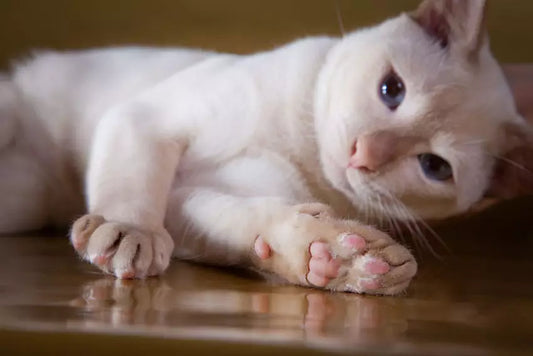
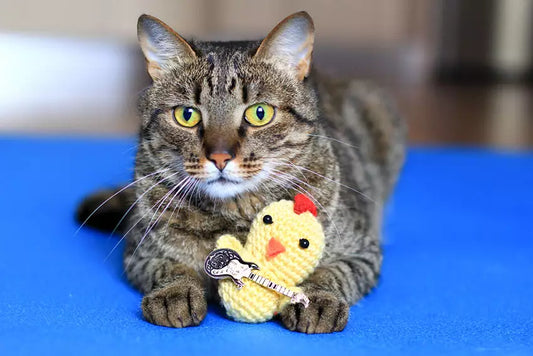



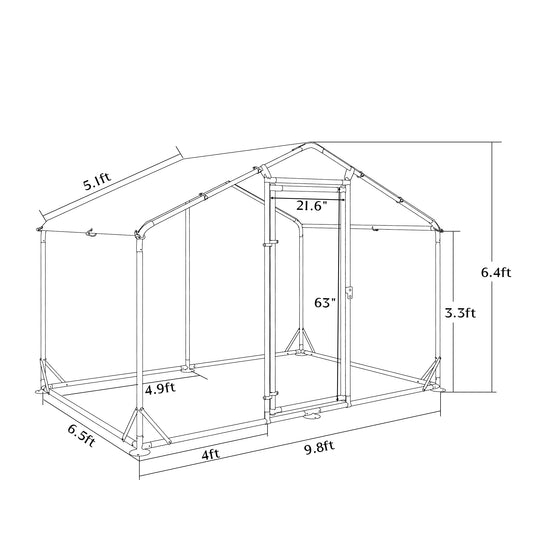
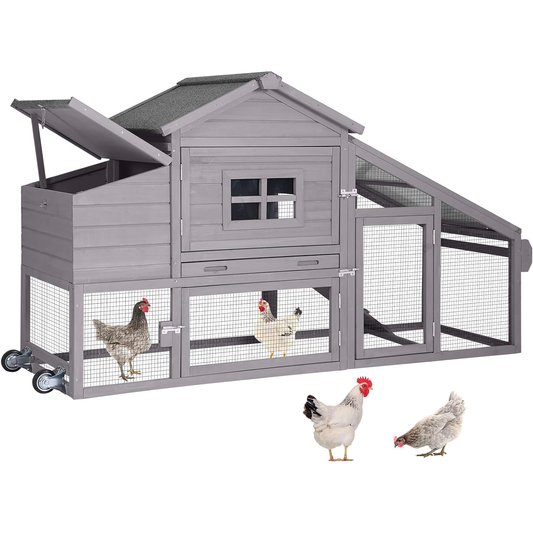

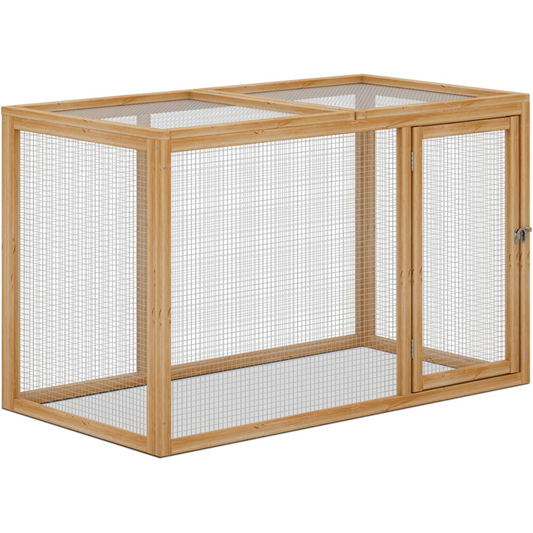
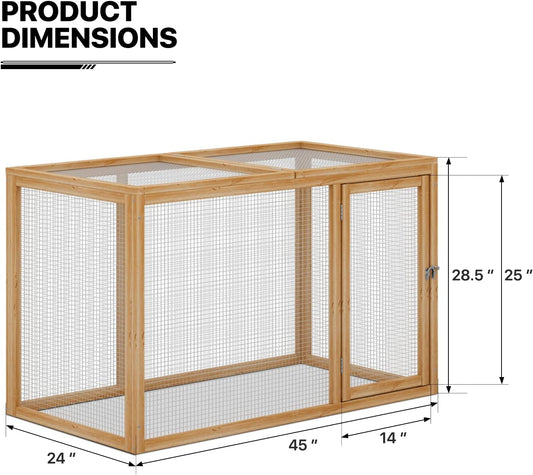
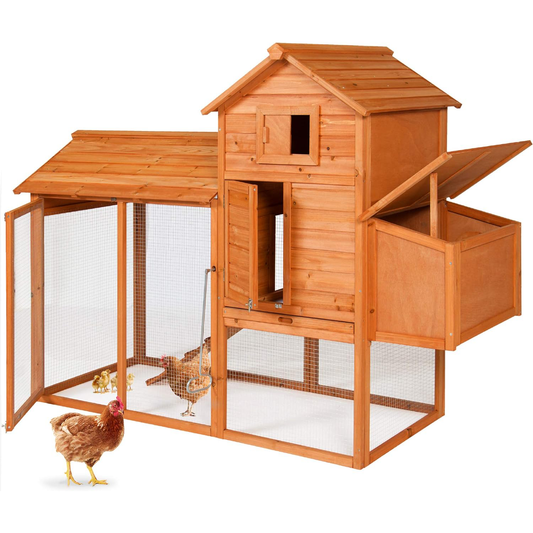
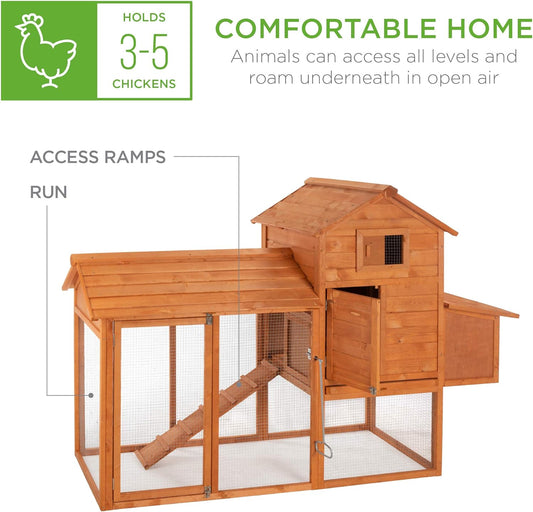

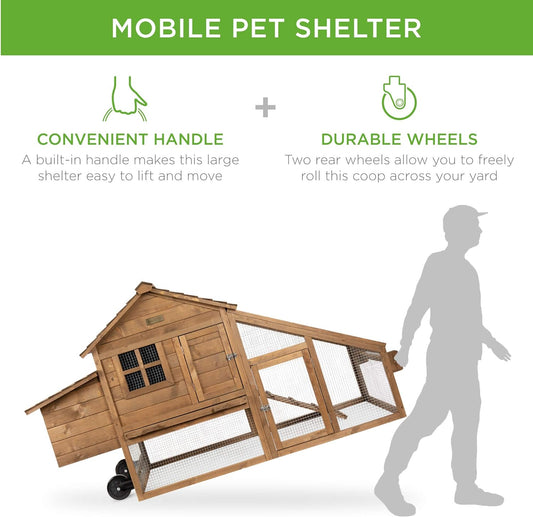



0 comments